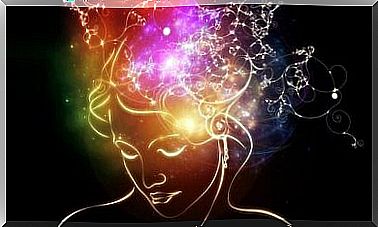Mathematics: What Do You Need To Know To Solve Problems?

It is important to understand the fundamental components that students need to develop in order to learn and understand mathematics and also to know how this process takes place. Only in this way can mathematics be learned adequately and appropriately.
To understand how mathematics works, students must master four fundamental components:
- The appropriate linguistic and factual knowledge to construct the mental representation of problems
- Know how to build schematic knowledge to integrate all accessible information
- Possess strategic and meta-strategic capacities to guide the solution of the problem
- Have the procedural knowledge to solve the problem
It is essential to know that these four components develop in four different phases when solving math problems. We will now see the processes involved in each of them:
- Translation of the problem
- Integration of the problem
- Solution planning
- Running the solution

1. Translation of the problem
The first thing a student should do when faced with a mathematical problem is to translate it into an internal representation. This way he will have a picture of the available data and the goals. For the statements to be translated correctly, the student must master the specific language. But also the adequate factual knowledge. For example, that the square has four equal sides.
Through research, we have observed that students often let themselves be guided by the superficial and insignificant aspects of statements. This technique can be useful when the superficial text agrees with the problem. However, when this is not the case, this technique causes a series of problems. Usually, the worst part is that students do not understand what is being asked of them. The fight is lost in advance. If a person does not know what to achieve, it is impossible to see him succeed.
The teaching of mathematics must therefore begin with an apprenticeship in the translation of problems. Numerous studies have shown that specific training in creating good mental representations of problems improves mathematical ability.
2. Integration of the problem
Once the problem statement has been translated, the next step is to integrate it into a whole. To do this, it is very important to know the real purpose of the problem. We must also be aware of the resources we have when we face it. In other words, this task requires that one obtain a general view of the mathematical problem.
Any mistake in integrating the different data will imply a feeling of lack of understanding. We will feel lost. In the worst case, the problem will be solved in a totally inadequate way. It is therefore essential to emphasize this aspect when teaching mathematics because it is a key process for understanding a problem.
Students focus more on the superficial aspects than the deep ones, as in the previous phase. When determining the type of problem, instead of focusing on its objective, they are more interested in extraneous features. Luckily, this can be resolved through specific instruction, getting students used to seeing a problem appear in different forms.

3. Planning and supervision of the solution
If the students have learned about the problem in depth, the next step is to generate a plan of attack to find the solution. Now is the time to break the problem down into small actions in order to gradually get closer to the solution.
This is perhaps the most complex part of solving a math task. It requires great cognitive flexibility and an execution effort, especially if we are faced with a new problem.
Seen in this light, teaching mathematics may seem impossible. However, research has shown that through different methods, we can see our performance increase at the planning level. Here are the three essential principles of these methods:
- Generative learning. Students learn best when they build their knowledge on their own. This is a key aspect in constructivist theories.
- Contextualized instruction. Solving problems in a meaningful and useful context helps improve student understanding.
- Cooperative learning. Cooperation can help students share their ideas and be inspired by those of others. This helps reinforce generative learning.
4. Running the solution
The last step in solving a problem is finding its solution. To do this, we must use our knowledge of how certain operations or parts of a problem are solved. The key to good execution is to have basic internal abilities that allow us to gradually solve the problem without interfering with other cognitive processes.
Practice and repetition are a good method to develop these abilities, but there are others. If we introduce other methods in the teaching of mathematics (such as the notion of number, counting, number lines, etc.), the learning will be strengthened.
As we see, solving math problems is a complex mental exercise that consists of a multitude of interrelated processes. Trying to teach this subject rigidly and systematically is one of the worst mistakes you can make. If we want students with great mathematical abilities, we have to be flexible and center the teaching around the processes involved.










